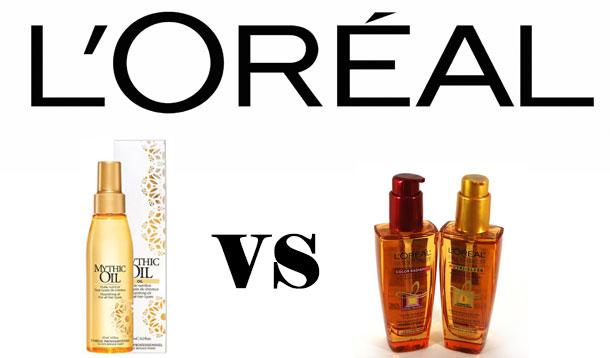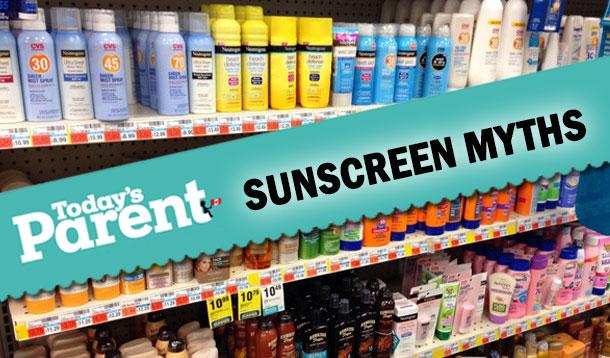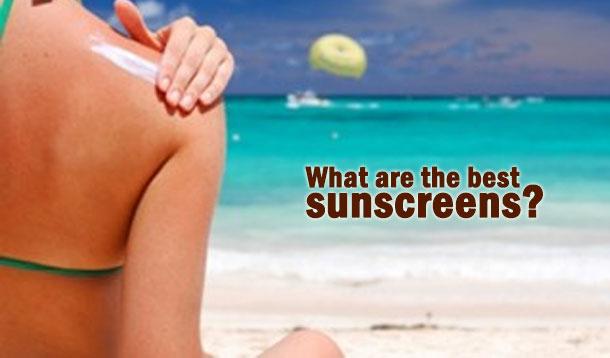
In the cosmetics industry, it is not uncommon to see similar products in different retail channels being sold at wildly different prices. It's extremely confusing for the consumer. Products with a bargain price point often make the same performance claims as luxury-priced products.
Time and again, I have said price does not indicate quality when it comes to shopping for cosmetics.
Recently, I was given a bottle of L'Oréal Professional Mythic Oil. This product reduces frizziness and creates a smooth, sleek hairstyle, with just enough shine to reflect light without causing a greasy effect.

Let me say, this product works incredibly well—I have been using it for two weeks and I am very impressed with the results.
So, imagine my surprise when I was walking through the grocery store this weekend and saw a huge display for a new L'Oréal Paris product called Precious Oil, making the exact same claims.

Some background:
L'Oréal Professional and L'Oréal Paris are the exact same company. Seriously, the exact same company. The only difference is one (Professional) was established to serve the salon and spa retail market, and the other (Paris) was established to serve what is called the "consumer market." These two companies manufacture their products in the same facilities and often launch extremely similar products at the exact same time.
Here is the business reasoning—L'Oréal, being the largest cosmetics company in the world, needs to exploit as many distribution options as possible in order to maintain market dominance. It actually manufactures 46 different brands, available at various price points, in all retail channels (department stores, salons, spas, drug stores, grocery stores, and stand alone corporate stores). The company knows different consumers will shop at different channels and each channel has a maximum market bearing price Essentially, some consumers will pay a maximum of $X for a product, while others are willing to pay much more for the same type of product. If L'Oréal can hit every market with various price points while keeping the cost of production at the same level, their overall profit increases.
However, and this is the kicker, if a consumer shops at all the various channels (and many of us do), it is easy to find the same products, under the different brand names, for less money.
Mythic Oil and Precious Oil are a great example of this.
Mythic Oil vs. Precious Oil:
Mythic Oil 100mL for $26
Precious Oil 100mL for $11.50
I am not saying these are the exact same formula. What I am saying, is they are so similar that the differences are negligible from a consumer stance.
Similarities:
1. Active oils used for creating the sleek finish on hair—IDENTICAL
2. Preservatives—IDENTICAL
3. Fragrance Compounds—IDENTICAL
4. Humectants—IDENTICAL
Differences:
1. Conditioning Agents—INTERCHANGEABLE (the two formulas use different conditioners, but the hair can't tell the difference.)
2. Natural Moisturizing Factors—INTERCHANGEABLE (all non-fragrant plant oils work the same as moisturizing agents—the two formulas use different NMFs, but the hair can't tell the difference.)
3. Plant/Flower Extracts—INTERCHANGEABLE (fragrant plant oils actually don't do much of anything for the hair except leave a nice smell behind—that just comes down to personal preferences of the user.)
Overall:
Never accept that a product sold in a salon is somehow superior in formulation than similar products sold in a grocery store. Just check the ingredients to verify that fact. Precious Oil is 47% less expensive than Mythic Oil for basically the exact same thing.
The Wonderbar claims to unleash the magic on your skin, but is this miracle cleanser really worth the money?
Find out why cosmetics words, like "all-natural" and "hypoallergenic," do not mean what you think they mean.

I read an article today published by Today's Parent about sunscreen myths.
At this time of year, there are going to be a lot of articles about summer sun safety and how to use sunscreens. Of course, there will also be a lot of incorrect information in these articles.
This is the first article of the season that I have read, so let me break down the information for you:
The article states (I have edited for space, but you can read the whole article by clicking the link above):
![]() "Fiction: SPF 15 provides enough coverage for your skin.
"Fiction: SPF 15 provides enough coverage for your skin.
Everyone should be wearing at least SPF 30 . . . Keep in mind that SPF only refers to protection from UVB rays, so you need to look for the phrase “broad spectrum” on the bottle, which means it also protects against UVA rays, shielding your skin from sunburn and the aging effects of deep-tissue skin damage."
This is not completely accurate!
SPF 15 will protect against 95% of UVA and UVB rays, while SPF 30 will protect against 96% of UVA and UVB rays. The difference in protection is not the amount of rays being blocked, but the duration of time the rays are being blocked. SPF 15 will work, under normal use, for about 80 minutes. SPF 30 will work, under the same conditions, for 120 minutes. Also, the issue of UVA and UVB protection does not factor into the equation in Canada. As of 2012, Health Canada required all sunscreens sold in Canada to offer broad spectrum protection. In the US this is not the case.
![]() "Fact: you should pitch that old tube of sunscreen.
"Fact: you should pitch that old tube of sunscreen.
Most brands have a shelf life of three years, but once opened, sunscreen begins to degrade."
This is true!
All sunscreens are required to clearly label the expiration date on the packaging. Check sunscreens before using them and discard any that have expired.
![]() "Fiction: Once you’ve applied sunscreen, you’re all set for the day.
"Fiction: Once you’ve applied sunscreen, you’re all set for the day.
To avoid a burn, it’s important to reapply sunscreen to all exposed skin throughout the day."
Also true!
Sunscreens only work for a maximum of 2 hours with normal use (i.e. day to day activities). With extreme use (sports, swimming, any activity that induces perspiration), most sunscreens will break down in about 40 minutes. Reapply often.
![]() "Fact: Your lips and ears are at HIGH risk of skin cancer.
"Fact: Your lips and ears are at HIGH risk of skin cancer.
Lips and ears are two of the most common areas where melanoma occurs because they’re often forgotten during sunscreen applications."
True!
Skin is skin and all skin requires protection from UV exposure. The back of the neck is another area people often overlook.
![]() "Fiction: If your makeup has SPF you don’t need to use sunscreen.
"Fiction: If your makeup has SPF you don’t need to use sunscreen.
. . . . You’re likely not applying them evenly or heavily enough to provide maximum protection."
This is great information!
I have written about this before. Sunscreen in makeup and skin care products is a marketing tool at best. In order to actually have the level of protection that an SPF rating indicates, you need to apply a layer of product that is 4mm thick on your skin. For your face, that is about 30mL for the entire body. Let's think of this another way—an adult should actually be using 25-50% of a 240mL tube of sunscreen if enjoying a full day at the beach (I personally say stay out of the sun). It is unlikely anyone applies that much skin care or makeup every day. Also, you need to reapply frequently, so it is just as unlikely you would reapply expensive foundation or moisturizer throughout the day.
Overall, great article with quite accurate information. Spread the word!
Check out this year's Top 3 Best Natural Sunscreens, and these Sun Myths and Facts For The Whole Family.

Summer is just one month away.
Every year, I am asked what are the best sunscreens for the whole family. The only criteria I have, for sunscreens, is that they do not contain chemical sunscreen agents. I prefer physical sunscreen agents, because they are less likely to cause irritation, and can be used by anyone in the family. Natural sunscreens are also safe for the face and body.
Here are my top picks for natural sunscreens for 2014:
All these items are available in most health food stores, natural grocery stores, and, of course, at the world's largest eco-friendly department store.

1. Aubrey Organics Natural Sun Broad Spectrum SPF 30 Unscented Sensitive Skin, $23

